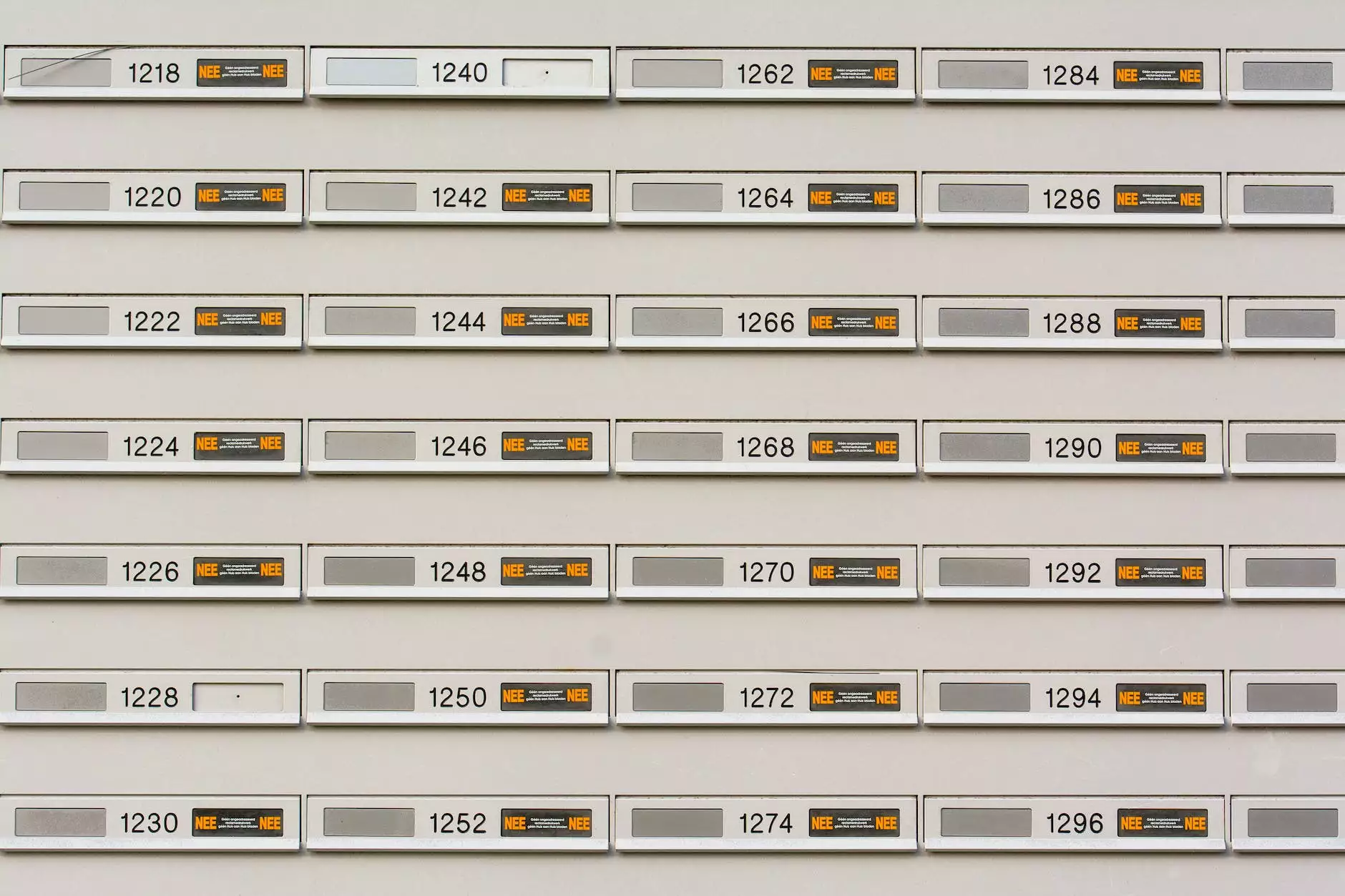Commercial Building Access Control Systems: A Detailed Overview

In today's rapidly evolving business environment, security has emerged as a paramount concern for organizations. Among the various security measures, commercial building access control systems stand out as an essential component of a robust security strategy. This article aims to delve into the intricacies of these systems, exploring their functionality, benefits, and how they can transform the security landscape of your business.
What Are Commercial Building Access Control Systems?
Commercial building access control systems are security solutions designed to regulate who can enter or exit a building or specific areas within it. These systems employ various technologies to ensure that only authorized personnel gain access, safeguarding physical assets and sensitive information.
Types of Access Control Systems
Access control systems can be categorized into several types, each serving unique purposes and functionalities:
- Keypad Access Control: Users enter a code to gain access, ideal for facilities needing moderate security.
- Card-Based Access Control: Employees are provided with cards that grant them entry, offering a higher security level and ease of management.
- Biometric Access Control: This method uses unique biological traits such as fingerprints or retinal scans, ensuring that only individuals with permission can enter.
- Mobile Access Control: Utilizing smartphones for entry, this innovative system provides convenience and can be integrated with various other technologies.
- Cloud-Based Access Control: This modern solution allows for remote management and monitoring, enhancing security while reducing the burden on onsite equipment.
Benefits of Implementing Access Control Systems
The adoption of commercial building access control systems offers numerous benefits for businesses:
1. Enhanced Security
With sophisticated technologies in place, these systems significantly reduce the risk of unauthorized access, deterring potential theft, vandalism, and other criminal activities. The integration of surveillance cameras with access control can provide real-time monitoring and alerts.
2. Controlled Access to Sensitive Areas
In many commercial environments, certain areas require restricted access. Commercial building access control systems allow you to define who can go where, ensuring that sensitive information and assets are protected.
3. Audit Trails and Reporting
Many access control systems feature built-in reporting capabilities, allowing businesses to track who entered or exited specific areas and when. This data can be invaluable for security audits and investigations.
4. Cost-Effective Operation
Although there is an initial investment involved in setting up these systems, they can lead to significant cost savings in the long run. By mitigating losses from theft and reducing the need for on-site security personnel, businesses can benefit from enhanced efficiency and reduced overhead costs.
5. Scalability and Flexibility
As businesses grow, so do their security needs. Commercial building access control systems are designed to be scalable, meaning that additional access points and users can be added without major overhauls to the existing system.
Choosing the Right Access Control System for Your Business
Selecting an appropriate access control system requires careful consideration of your specific business needs and environment. Here are key factors to consider:
1. Assess Security Needs
Evaluate the levels of security required for different areas within your building. Areas that house sensitive data or valuable assets may require stricter access rights.
2. Consider User Experience
The system should be user-friendly, minimizing the learning curve for employees. Implementing a system that is difficult to navigate can lead to frustration and lower adherence to security protocols.
3. Integration with Existing Systems
Ensure that the access control system can integrate seamlessly with current security measures such as CCTV cameras, alarm systems, and fire safety systems for comprehensive security coverage.
4. Future-Proofing
Choose technology that can adapt to future changes in security needs or advancements in technology. Systems should allow for updates and modifications over time.
Installation and Maintenance of Access Control Systems
The effectiveness of commercial building access control systems hinges not only on their design but also on their installation and maintenance. Here’s what businesses should keep in mind:
1. Professional Installation
Hiring experienced professionals for the installation of access control systems ensures they are set up correctly, minimizing vulnerabilities and enhancing functionality.
2. Regular Maintenance and Updates
Ongoing maintenance is critical for the longevity and effectiveness of access control systems. Regular updates can address potential security vulnerabilities and incorporate new technologies as they become available.
3. User Training
Proper training for employees is essential. Ensuring that staff understands how to use the system correctly reinforces the security measures in place.
Case Studies: Success Stories of Access Control Implementation
To further illustrate the impact of commercial building access control systems, let's examine a few success stories:
Case Study 1: Manufacturing Facility
A large manufacturing plant installed a card-based access control system across its premises. This decision led to a 40% decrease in theft-related incidents within the first year, allowing the management to focus on scaling production instead of worrying about security breaches.
Case Study 2: Corporate Office
In a corporate office environment, a biometric access control system was implemented. This led to improved employee satisfaction since they no longer had to manage keys or cards. Additionally, the audit trails provided valuable insights into employee movement within the building, aiding in operational efficiency.
The Future of Access Control Systems
The landscape of access control systems is constantly evolving, with new technologies emerging to enhance security measures. Some trends shaping the future include:
- Artificial Intelligence: AI algorithms are being integrated into access control systems to improve threat detection and response times.
- Mobile Credentials: As the workforce becomes increasingly mobile, access via smartphones will become prevalent, making it easier for employees to manage their access rights.
- IoT Integration: The Internet of Things (IoT) allows for devices to communicate with each other, creating a more cohesive security network that can respond to incidents in real-time.
Conclusion
Commercial building access control systems are indispensable in today’s security-conscious environment. Investing in a robust access control solution not only protects physical assets but also contributes to the overall success and sustainability of a business. With an understanding of the different systems available, their benefits, and future trends, organizations can make informed decisions that will enhance their operational security. By choosing the right system and maintaining it effectively, businesses can ensure that they remain secure, efficient, and poised for growth.
For comprehensive solutions in telecommunications, IT services, and more, visit our website at teleco.com today!









